Mobile Devices
Amphenol designs and manufactures an extensive range of interconnect products, antennas and electromechanical components found in a wide array of mobile computing devices. Amphenol’s capability for high-volume production of these technically demanding, miniaturized products, combined with our speed of new product introduction, are critical drivers of our long-term success in this market. Our solutions address consumer electronics, e-readers, laptops, mobile phones, mobile phone accessories, mobile computing devices, smartphones, tablets, ultrabooks and wearable and hearable devices.
Visit our global sites to learn more: Amphenol Mobile Consumer Products
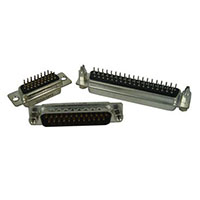
D-Sub Standard Density Connectors
STANDARD DENSITY D-SUBMINIATURE CONNECTORS
Current rating for stamped and formed signal pin is 3A and 7.5A for machined signal pin
Dip and PF board termination, and various cable termination such as IDC, wire wrap, solder cup, wire screwed and crimping
Tray standard packing and tube is per request
Contact resistance less than 20mOhm
High reliability machined and commercial stamped contacts are avail
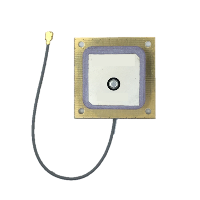
Embedded RF Antennas
Embedded chip antennas are compact and integrated antennas designed to be directly mounted on a printed circuit board (PCB) or embedded within electronic devices. These antennas are often used in wireless communication applications, such as Wi-Fi, Bluetooth, GPS, and IoT devices, due to their small size and ease of integration.
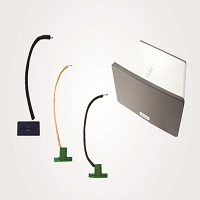
Entertainment Antennas
Amphenol’s high-performance WIFI antenna solutions for entertainment systems such as PlayStation, TV, and wireless sound systems enable excellent connectivity and high speeds. Multi-antennas for the MIMO system allows better reception and data rates.
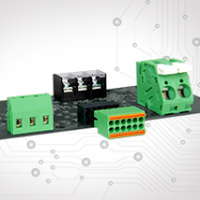
Euro Style Terminal Blocks
EBY offers a complete selection of industry standard Euro Style Terminal Blocks - which may be customized to your needs - support a broad range of wire-to-board and wire-to-wire configurations.
Suited for solid or stranded wire. Wire-to-board or wire-to-wire feed-through styles. No special tools required for installation. Easy field termination. Many screw and spring terminal wiring options.
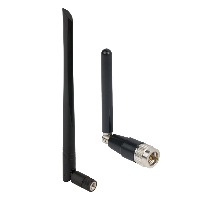
External RF Antennas
External antennas can use either the monopole or dipole design and are typically used for higher power transmission and reception. They are ideal for applications such as Bluetooth, wireless protocols, WLAN/WWAN, and IoT.
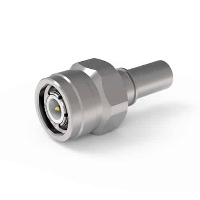
EZ-240-TM-X
EZ-240-TM-X is a TNC male (plug), straight EZ connector for LMR®-240 and TCOM®-240 cables. It features crimp-style outer contacts, spring finger inner contacts, and a no-braid trim to eliminate FOD. BeCu pins ensure strong contact and low current density, ideal for cold and high-vibration environments. The threaded TNC design offers weatherproofing and higher-frequency performance than BNC.
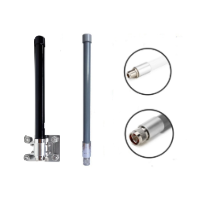
Fiberglass Enclosure Antenna
Amphenol designs and manufactures custom Fiberglass enclosure antennas. we can offer a more light-weighted model for marine application, with windload of 130N+, but much lower cost (less than half). Fiberglass enclosure antennas are commonly used in outdoor equipment.Excellent waterproof and dustproof performance.
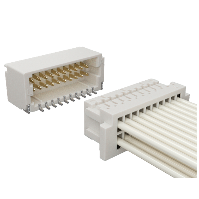
FitMate™ 1.00mm
Designed for the finest pitch wire-to-board applications, Amphenol's FitMate™ 1.00mm is the ideal solution for devices that require compact and low-profile connectors. With a wire gauge range from 32AWG-28AWG, these connectors are available in double row vertical SMT and right angle SMT configurations.
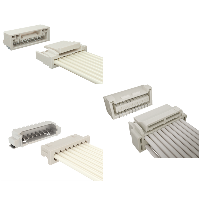
FitMate™ 1.25mm
Designed for fine pitch wire-to-board applications, Amphenol's FitMate™ 1.25mm is the ideal solution for devices that require compact connectors without sacrificing overall quality. With wire gauge range from 32AWG-28AWG, these connectors are available in single/double row, vertical/right angle, without (only single row) and with active latch, SMT/DIP configurations.
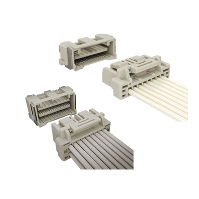
FitMate™ 1.5mm
Designed for fine pitch wire-to-board applications, Amphenol's FitMate™ 1.5mm is the ideal solution for devices that require connectors with robust features and compact design. With wire gauge range from 26AWG-24AWG, these connectors are available in single row/double row, vertical/right angle, SMT configurations.